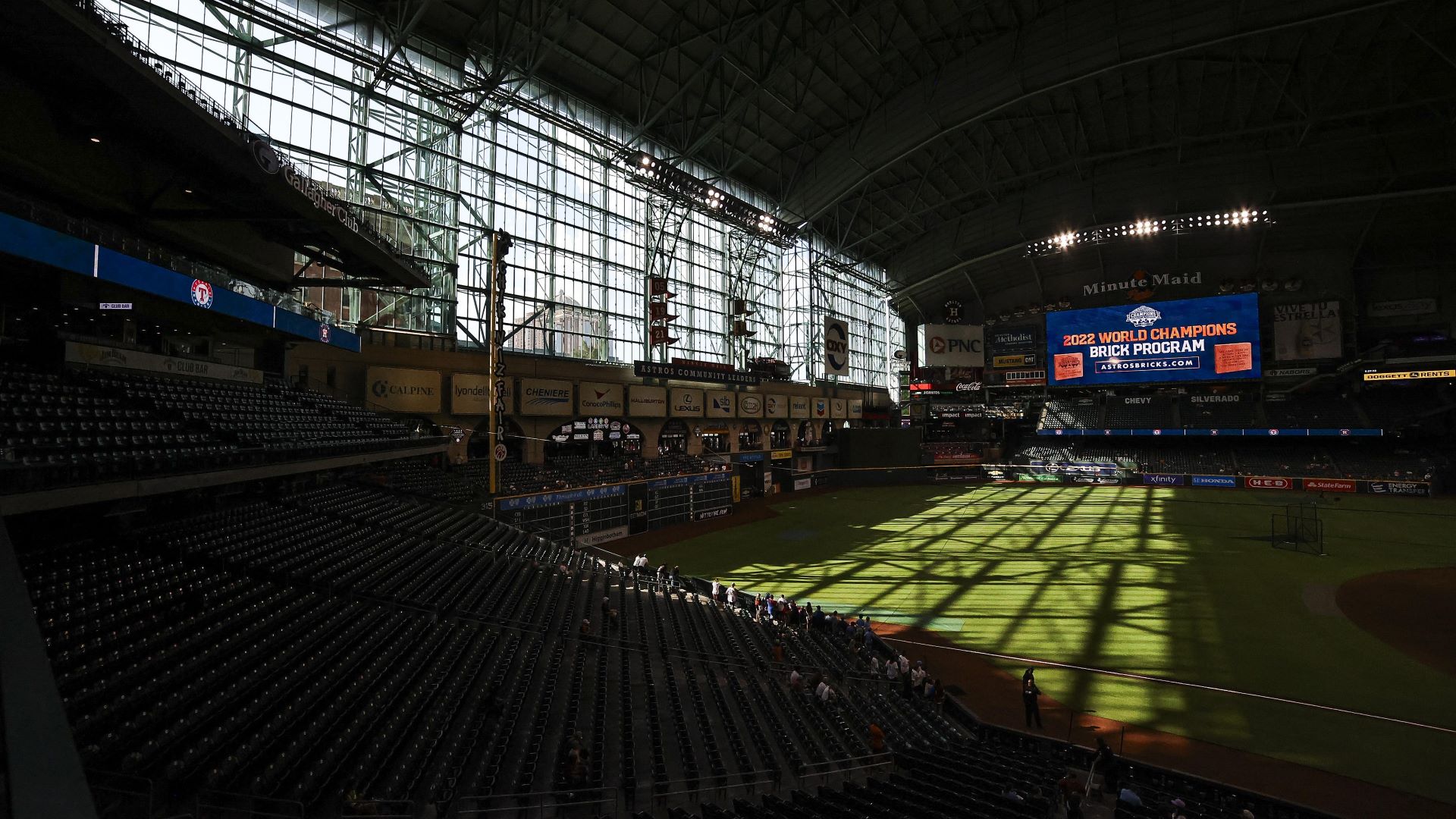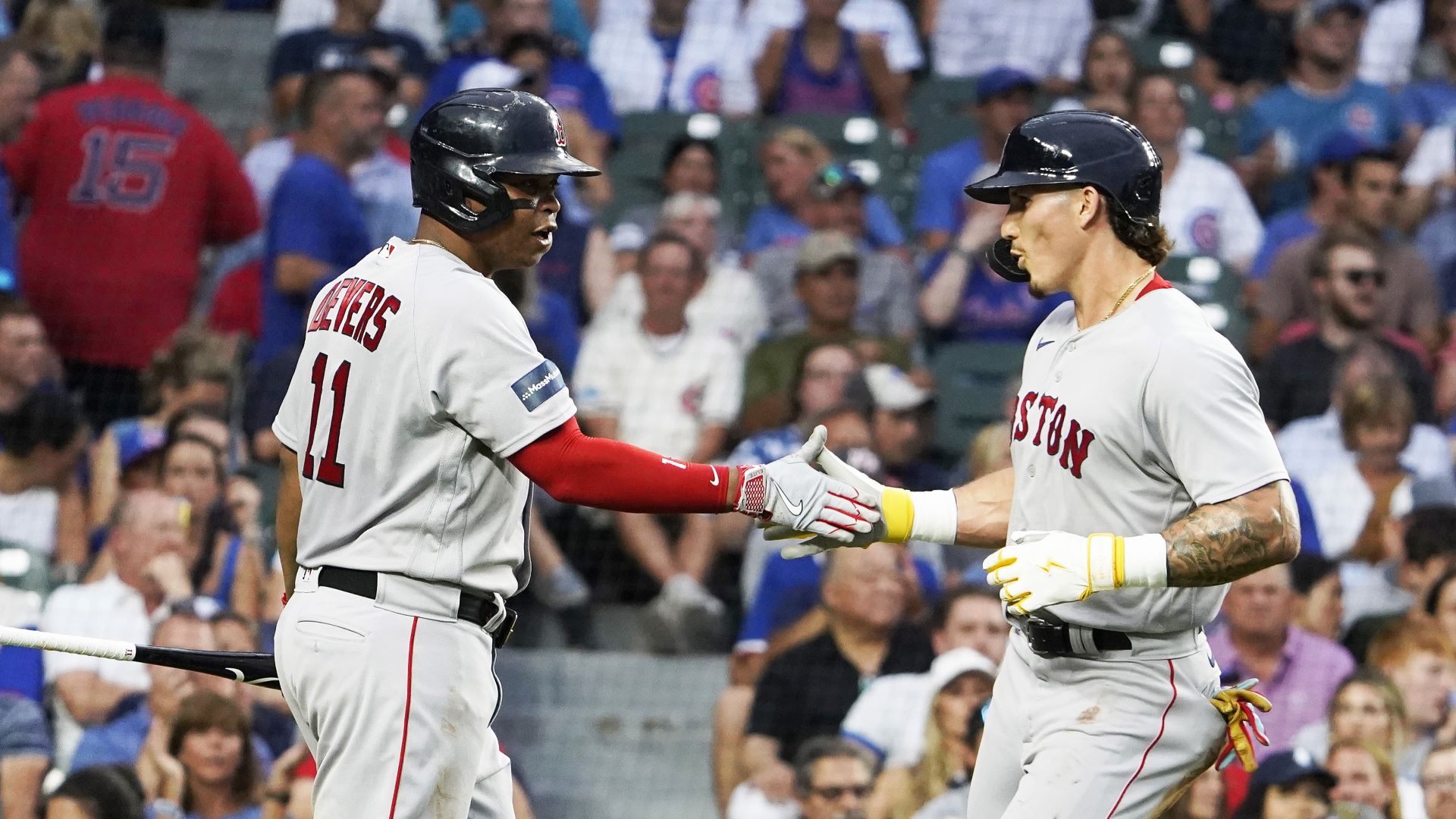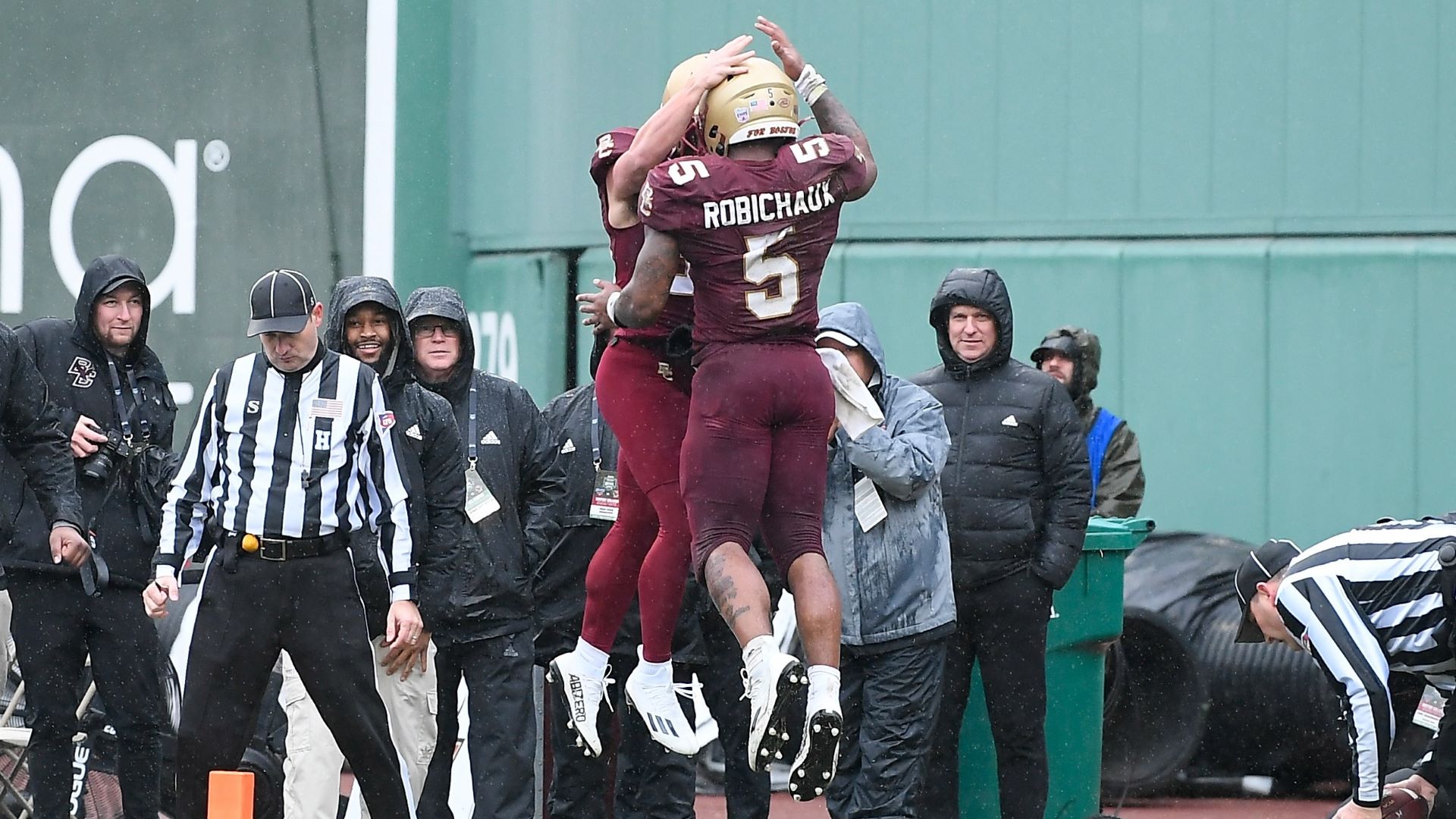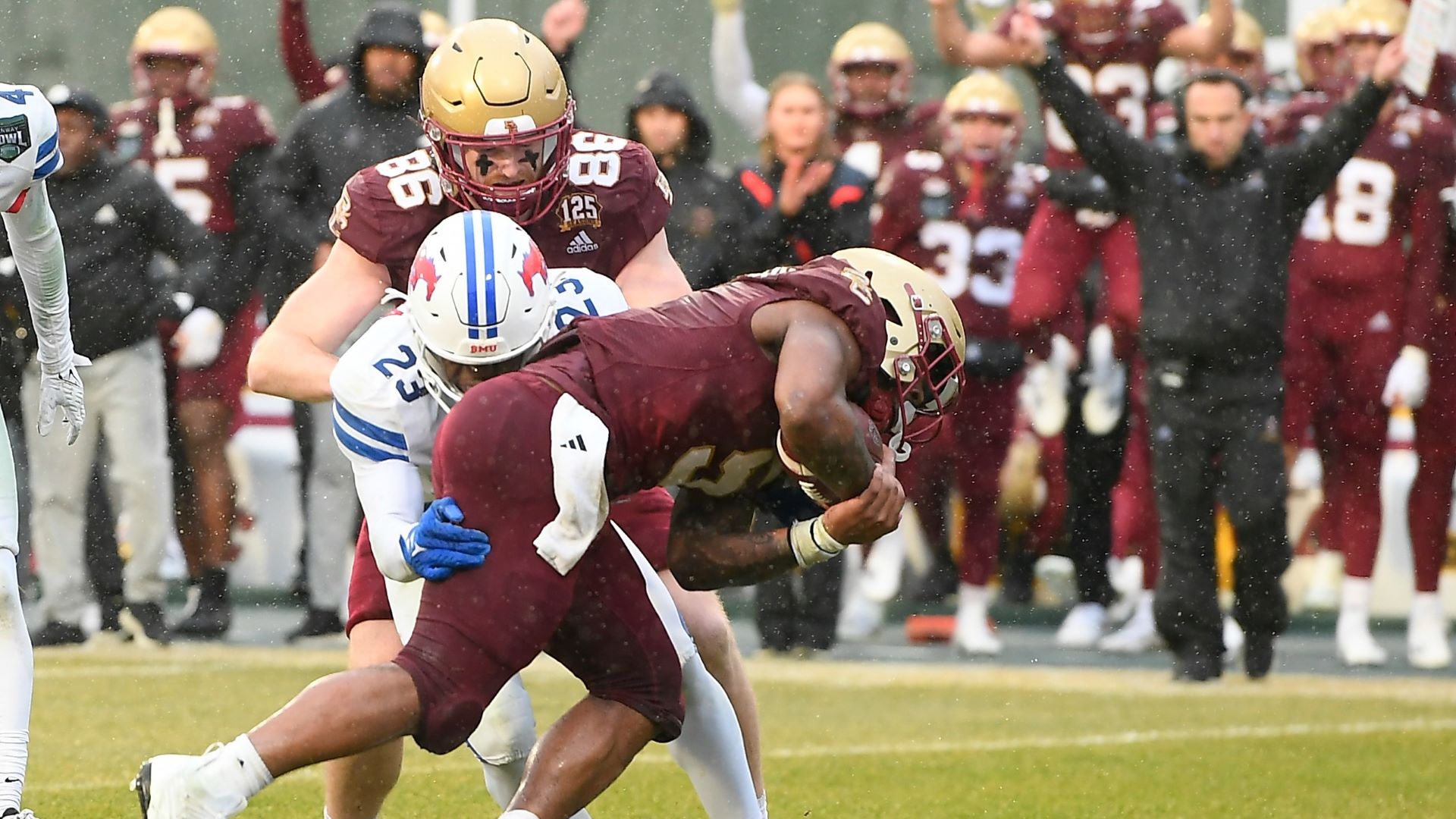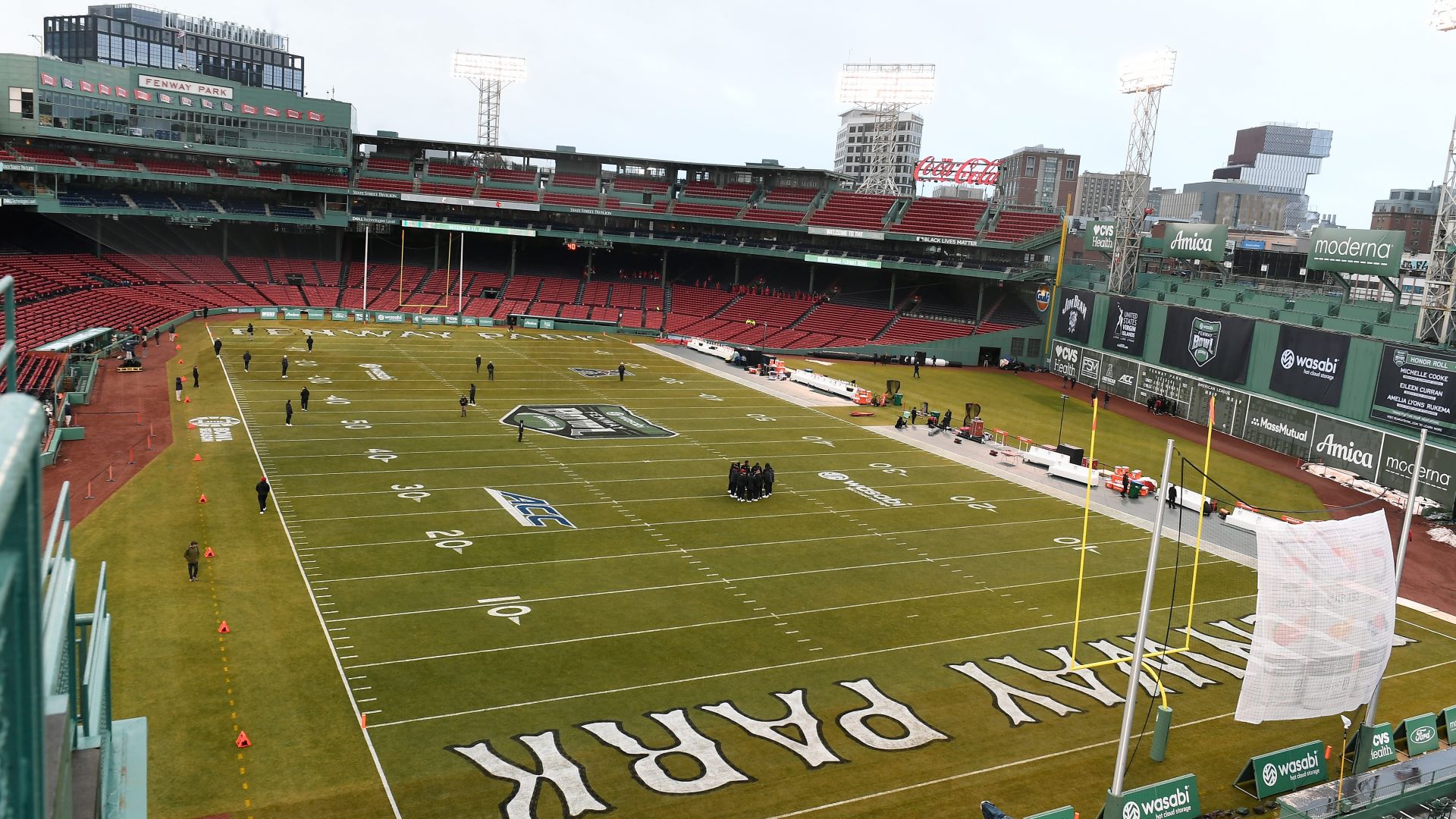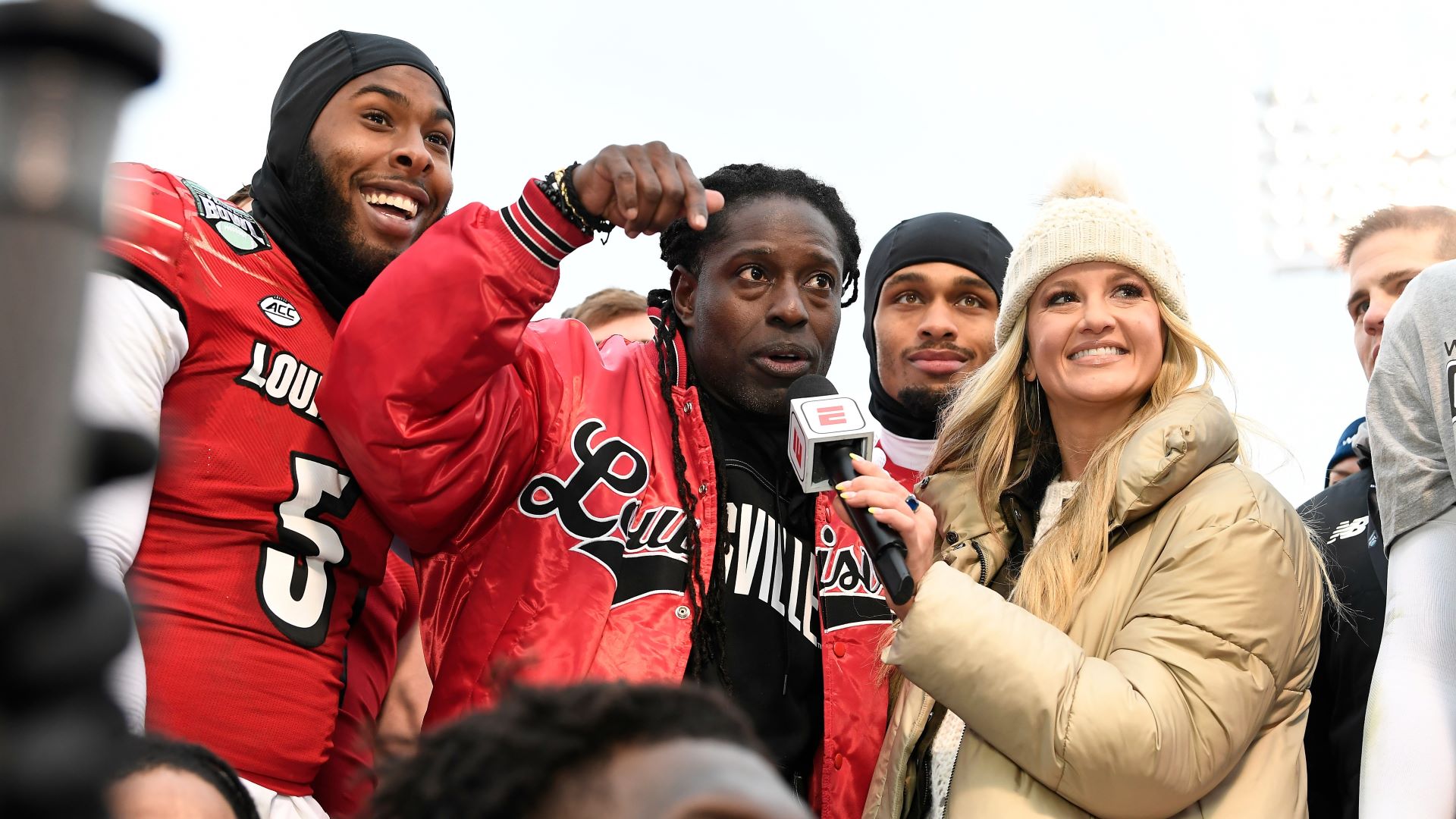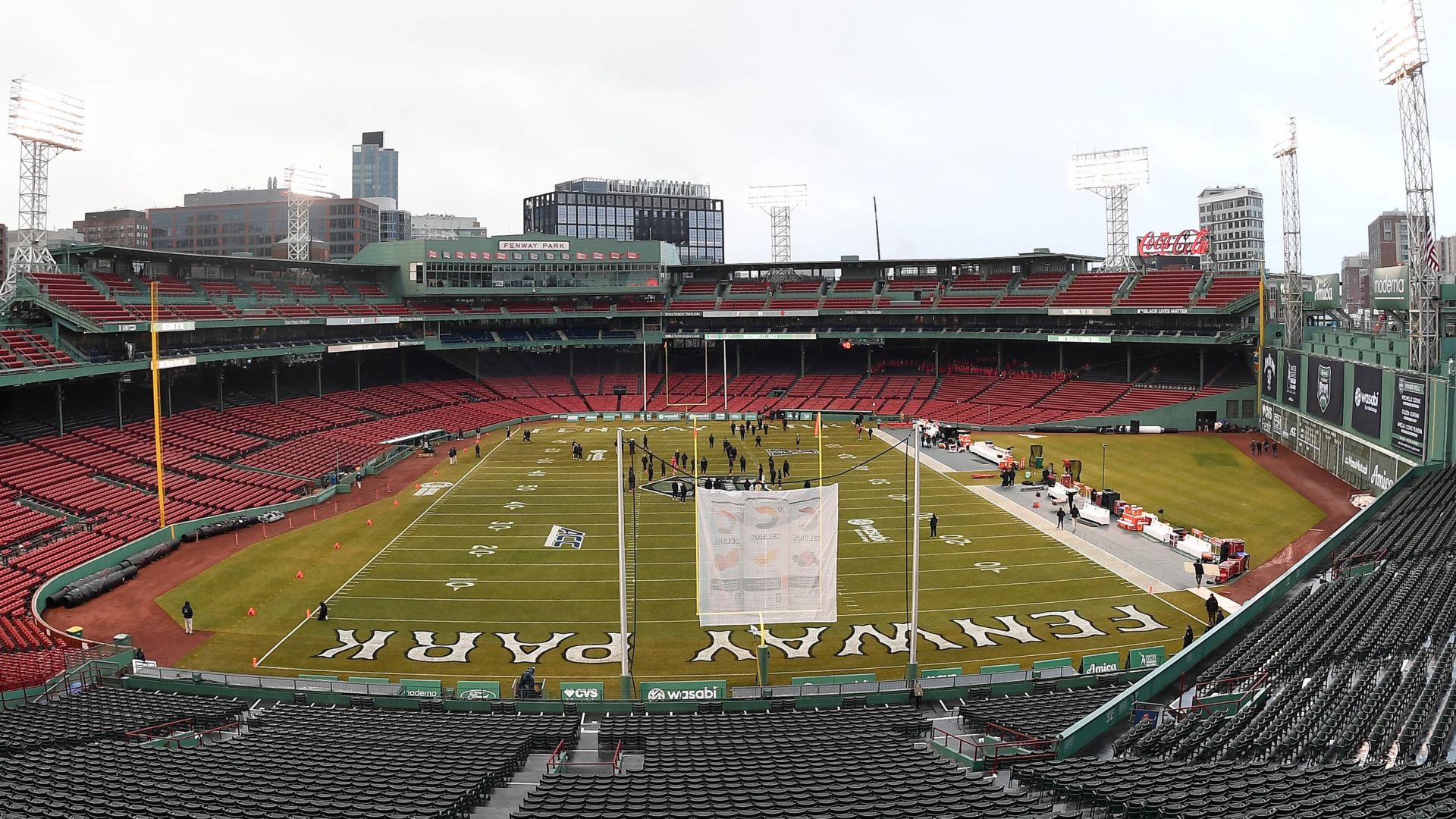Fenway Park is a true monument of baseball.
For that reason, it only made sense for Major League Baseball to tab Fenway Park as the location for the final All-Star Game of the 20th century.
The selection marked the third time (1946, 1961) Boston welcomed the Midsummer Classic. It was the 1999 edition, however, that made for an unforgettable moment in time.
Sluggers in the height of baseball's greatest era of power traded moonshots in the Home Run Derby. Legends of the past, including Red Sox great Ted Williams, congregated to celebrate a century of history. And home-team hero Pedro Martinez put on a show that injected the local crowd with a one-of-a-kind enthusiasm.
Story continues below advertisement
While the event still brings the baseball world together, present-day All-Star Games simply don't compare to that fateful night in 1999.
Speaking exclusively with NESN.com 25 years later, former New York Yankees manager (and American League skipper) Joe Torre, Baltimore Orioles infielder Cal Ripken Jr. and Houston Astros first baseman Jeff Bagwell reflected on the star-studded moment.
"That whole mystique of that whole night was incredible," Bagwell said.
Story continues below advertisement
With the help of three Hall of Famers, the 1999 All-Star Game at Fenway Park deserves a deeper dive into a remarkably significant moment for the sport.
more MLB all-star game
HOME RUN DERBY
Major League Baseball ended the 1990s defined by unprecedented power.
That allowed Fenway Park to host one final home run spectacle for the 20th century. Fresh off the famous home run chase in 1998, sluggers Mark McGwire and Sammy Sosa descended upon Boston for the 1999 Home Run Derby.
Story continues below advertisement
Sosa and McGwire put on a show alongside Bagwell, Ken Griffey Jr., Larry Walker, B.J. Surhoff, John Jaha, Shawn Green, Jeromy Burnitz, and Red Sox shortstop Nomar Garciaparra.
The stars certainly experienced a different energy in the tightly-packed, unique environment.
"You don't get the chance to appreciate how far those balls go because they just disappear," Ripken recalled. "That was kind of cool because all of the other ones you hit into upper decks or landmarks where people can measure to, especially now where they measure everything."
Story continues below advertisement
It's hard to find a unique dimension like what right-handed hitters faced with the Green Monster 310 feet away from home plate. It created quite the display for a montage of moonshots.
"It feels right there," Bagwell said. "I tell people it's literally right there. Just hold your arm out and you can touch it. It's big, obviously. My whole life I've seen it. To actually play there, you've gotta try to stay away from that. That's how you get bad habits as a right-handed hitter. The whole thing is just a different spot, man. My whole life has been watching the Red Sox play baseball and going there. It was just a different deal for me."
Four hitters moved on to the second round as McGwire soared out of the gates with 13 home runs in the opening set. As the reigning record holder, McGwire had victory ahead of him -- until Griffey, the reigning contest champion, rose to the occasion and stole the show in Boston.
Story continues below advertisement
Hitters like Bagwell, a self-proclaimed poor batting-practice slugger, embraced the quality of competition that night.
"I got to the second round, which was amazing," Bagwell shared. "I had no reason to be there. Of course, McGwire was gonna do his thing in front of me. That was interesting. To watch Griffey and all those guys, it's so cool. The good thing is I'd been to All-Star Games before that, so I wasn't too overwhelmed."
Sixty-two home runs cleared the walls of the historic ballpark that night as Griffey Jr. hoisted his third Derby championship.
Story continues below advertisement
HONORING ICONS
The 1999 All-Star Game presented Major League Baseball with the opportunity to honor a century's worth of transcendent talent.
The All-Century Team took center stage around the ballpark, emerging on a red carpet from center field and garnering applause from one of the sport's most passionate crowds. Legends from several generations, such as Hank Aaron and Willie Mays, headlined the group for a well-deserved honor inside the walls of the historic ballpark.
"It was really cool because you look around when you're out in the field, you realize we all have this stadium in common," Ripken said. "I don't know if that's exactly accurate if all people had played there. It was a timeframe thing. The stadium was built so long ago that many of the players that were standing out on the field have experienced Fenway Park. It felt like, as a modern day player at the time, you shared that with them."
The ceremony would have been great on its own. But the night reached a new level when Red Sox franchise icon Ted Williams returned to Fenway Park for one final go-around. He might just be the greatest hitter who ever lived, and the Boston crowd honored him as such.
"It was a perfect entrance," Ripken reflected. "The reaction from all the people. The reaction from all the players. We were all giddy and happy."
The most emotional moment came when Williams entered the field on a golf cart, making his way to the center of the diamond, where he threw out the ceremonial first pitch. Players surrounded the 19-time All-Star to give their thanks, which delayed the game, to an icon who changed the sport.
"Ted Williams always was a light for me," Torre said. "Years ago, when I started my career playing in Milwaukee, we flew to Boston to play the Jimmy Fund game. This one game, I'll never forget, and I tell people this when Ted's name comes up. The whole game, Ted sat in our dugout. It was like I got up, had an at-bat, made an out, hurried back and sat next to him."
Torre continued: "It was just a treat to listen to him, ask him questions and it was greatness to me. Ted Williams, he was pretty special. When I saw him come out on the field, I knew I needed to make sure I had the chance to shake his hand and be around that. That was such an impromptu moment. It delayed the game, but nobody really cared."
In the crowd of talent, Williams' interaction with San Diego Padres outfielder Tony Gwynn stood out, as two hitting savants talked shop.
"He came up, and I remember Tony Gwynn and I were close by," Ripken said. "He asked Tony Gwynn; he goes with the usual question. I think we've all heard it a couple of times: 'When you foul off a ball, can you smell the wood?' Tony was probably the more modern person that was into hitting to that degree. Tony and him just started a conversation. They loved talking hitting.
"That's what I remember. Being close to Tony and Ted right next to the golf cart. The reaction of everybody in the ballpark when he came through was wonderful."
Torre added: "He had an affinity for Tony Gwynn. Just watching him share with the players and have the players be gaga over him was pretty cool for me to watch."
With the chance to honor the past completed, it became time for the modern stars to show Fenway Park a performance to remember.
PEDRO'S DAZZLING OUTING
The whirlwind of festivities finally led to the main event at Fenway Park. It only made sense to give Red Sox ace Pedro Martinez the ball to start the game in his home ballpark.
Martinez's 1999 season for the Red Sox truly pops off the page with video-game numbers.
A 23-4 record. A 2.07 ERA. 313 strikeouts in 213 1/3 innings.
"I remember he was dominant in that timeframe," Ripken said. "People often ask, 'Who's the best pitcher you ever faced?' ... He had the best fastball, the best curveball and the best changeup in the league. Even if you guessed right, it was hard to hit him."
Bagwell added: "He was throwing 97-98 with a curveball and changeup. The changeup you couldn't hit. The fastball he had no problem throwing at your neck. Pedro's not a big guy, but when he pitched on the mound, he was 10 feet tall. His competitiveness and everything about Pedro was special. I'm a big Pedro fan because I happen to know him personally."
At the time, Martinez stood tall at the top of his game with one of eight career All-Star selections and his second of three Cy Young Award-winning seasons. Martinez put up the production and represented the team of the host city. It all made sense for him to start the game, obviously. What stood out, though, is who picked him to pitch.
"First of all, we're playing at Fenway," recalled Torre, the manager of Boston's greatest rival. "That was a no-brainer.
"Going into Fenway and going to the home locker room, that was something you had to tell yourself to do because it wasn't anything natural. I'm sitting in Jimy Williams' office. My brother-in-law is in the office with me. He's looking at the lineups and goes, 'Boy, that National League lineup looks pretty fierce.' I said, 'Pedro will strike them all out.' He looked at me like I was nuts. They all have holes. Not everyone can exploit them, but Pedro (could)."
It's safe to say Boston's division foe was right about Martinez that night.
The National League sent several elite sluggers to the plate, with a group that dominated arms at the height of this era. With the chance to showcase his stuff, that talented lineup proved no match for Martinez.
Cincinnati Reds shortstop Barry Larkin got the first crack at the Red Sox ace. He went down with an off-balance cut at a dancing changeup.
Colorado Rockies outfielder Larry Walker followed from the left side. He swiftly found his way back to the third-base dugout after watching a 97 mph fastball paint the outside corner.
Chicago Cubs outfielder Sammy Sosa came to the plate as the biggest threat yet, on the heels of a 66-home run season in 1998. If Sosa wanted to play with power, Martinez could play with power, too. The righty struck out the side with a high fastball straight past Sosa's bat. The inning was over and the Fenway Faithful erupted.
"Fenway was one of those ballparks where it was packed," Ripken said. "That energy from the stands could be felt on the field. I haven't experienced anything like that. It would be interesting to talk to people who played at Fenway all the time and how different that was. For me, I thought it was really special. It was a really loud reaction."
Martinez became the first pitcher in All-Star history to strike out the first three batters of the contest. He certainly provided his teammates with a sight to see.
"I always thought it was fun, especially playing at shortstop, where you actually get a view of the signals and of him going to work," Ripken said. "At third, you're a little bit more of a spectator. You don't get to see the whole pitch sequence and the decisions and that kind of stuff, which I liked. You can kind of just take in being the teammate of Pedro. Then you're thinking, 'I'm glad he's pitching for us.' "
Martinez returned for a second inning of work and went right back to the fastball to blow away McGwire, the reigning home run champion who tallied a then-record 70 homers in 1998.
The American League starter briefly showed he was human when Matt Williams reached on an error by second baseman Roberto Alomar. But that didn't matter moments later when Bagwell got his turn against Martinez.
"He threw a curveball that was like 10 inches off the plate," Bagwell recalled. "I remember looking in the dugout at Joe Torre. He looked at me and started laughing. I'm like, 'You gotta be freaking kidding me.' Then, I get to 3-2 and he struck me out with a 3-2 changeup, which is perfectly fine because that's what Pedro does. That whole scenario with what Pedro was to the Red Sox and to baseball. He's one of the best pitchers that ever pitched."
Two innings. No runs. A single baserunner. Five strikeouts. An All-Star performance for the ages.
There might not be a better pitcher to wear the Red Sox uniform than Martinez. He led the Red Sox to a championship five years later, but for that night, Martinez forcefully brought the attention of the baseball world inside Fenway Park.
"I think, to a man, if you ask every single person that was there, it was the greatest All-Star Game," Bagwell said.
Featured image via NESN
